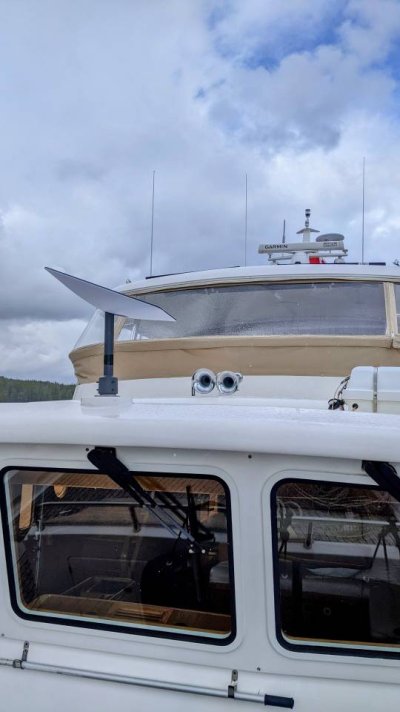Finally Learned How to Use Starlink "Portability".... Update to Post #186
So I presumed the unit needed the current service address to be entered when using "portability" mode. When I entered my Canadian service address, Starlink would not accept a service address outside the USA, the country for which I ordered my Starlink originally. After Vancouver, it lost signal about 85 miles north of the WA USA and BC Canada border. I just powered it off.
Six days later, we arrived at Shearwater. I happened to power up Starlink, and was distracted by something for 15 minutes. When I checked back the unit was online.
Turns out the unit needs 10 to 20 minutes from power up, to reconnect with satellites. Apparently, it has an internal GPS, and doesn't need the service address entered!!!
From Shearwater north to Ketchikan we've had service whenever we needed it, for as long as wanted. There were a few times when I left Starlink online while motoring with continued, uninterrupted service.
Netflix, Prime, Hulu, WiFi calling and WiFi texting via cell phone all work perfectly. Although the crew is having fun fishing, they seem to be more entertained by the Netflix series Formula 1 Drive to Survive. Oh well....
See attached photo of Starlink antenna mounted at front of pilothouse....
Cheers, Alex on Wild Blue
View attachment 129819

